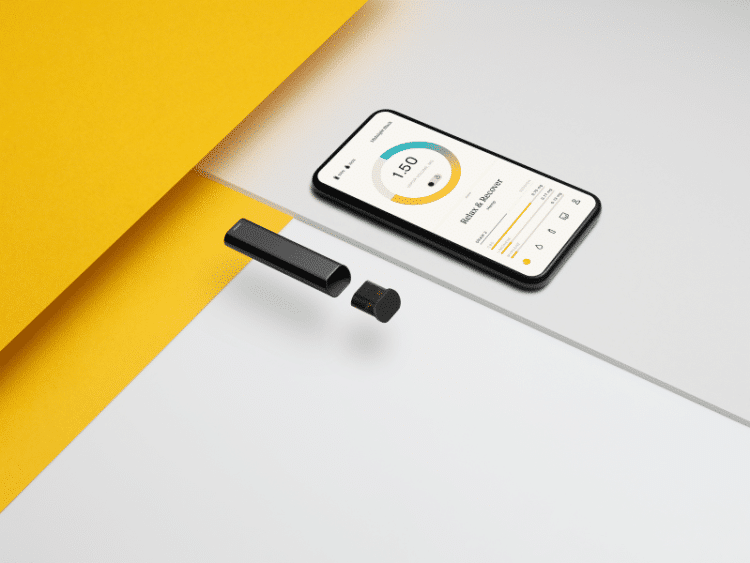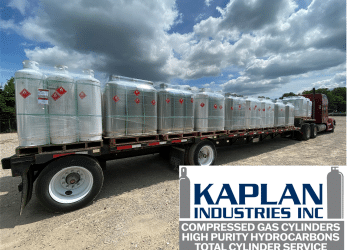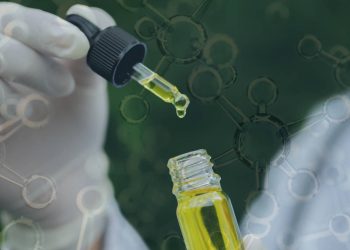As quick as the issues with vaping illicit products cropped up, the conversation has already moved on to something fresher. Some medical doctors have claimed that you should stop vaping whatever it is that you’re vaping. And yet, cannabis dispensaries like those in Pennsylvania often have flower shortages, channeling medical patients into the realm of vaporization, unless a pill-form or “dabbable” product is more desirable.
Shopping for Vaporizable Products
Recently, I spoke with Mladen Barbaric, the CEO of Airgraft, regarding how consumers can best protect themselves and what they should be looking for in vaporization technology and the cannabis/hemp products they purchase. The first thing Barbaric identified was understanding the substances involved including “what is the oil made of, how was it made, was there anything introduced that wasn’t cannabis and does the oil have any contaminants (heavy metals, pesticides, fungicides, etc.)? If you can’t find out what is in your oil, you simply shouldn’t use it.”
Airgraft has chosen to focus on fresh flower extractions that capture the best parts of the plants so that consumers of their product can enjoy a complete array of cannabinoids and terpenes as they exist in the original flower.
“You always want to make sure you are enjoying a representation of the full plant, that you’re not ingesting additives and diluents, and that the oil is clean,” he continued. “Not all extractions are equal. Distilling trim is common and yields a high THC [delta-9-tetrahydrocannabinol] compound that many manufacturers add terpenes back into, but the overall experience and benefits do not compare to extractions that preserve and express the full plant.”
The second aspect of product selection Barbaric highlighted was vaporization hardware and the composition of the cartridge and heating element. “Many vaporizers use brass and plated metal chimneys and plastic components that are not food-safe. These materials introduce contaminants into the vapor that are not found in oil. Knowing that cartridges are heated food-safe is paramount.”
Product Labels
There are currently no regulations in the hemp industry regarding what information should be on a product label. Rather, the eggs have all been laid in the THC basket. So, labels are a mess. Cannabis product labels do have requirements, but again, most surround cannabinoid content, except for a few states that have smartly required terpene content to be labeled. If someone buys a vape pen, they’ll typically see cannabinoids, maybe terpenes, and usually nothing regarding cutting agents or the hardware. Barbaric thinks that this should change: “All products should be transparent on the complete makeup of the substance and safety of the hardware. Certificates of analysis should always be complete and let users know what was detected inside their oil.”
The Effects of Temperature on One’s Vaporization Experience
Many nascent cannabis users seem to think that temperature is proportional to the size of the rip. Some vaporizers have digital readouts that indicate the temperature; many others have a color-coded system for low, medium, and high, which may not allow the user to target a specific number. Anyone using a vaporizer should consider what temperature setting(s) maximizes the experience while providing safe, contaminant-free vapor. They should also be aware of the dangers of combusting/burning.
“Vaporizing means boiling,” Barbaric added. “You’re simply trying to bring the oil to the boiling point and no higher. Different oils boil at different temperatures because they contain different compounds and different ratios of compounds. As a result, any adjustment in temperature relates only to the optimal heating profile of that oil, not ‘size of rip’.”
“When you overheat oil,” he continued, “you’re burning, much like in cooking. This results in a different effect than boiling – it doesn’t just aerosolize the molecules, it changes them. Terpenes are the first victims as they tend to boil at lower temperatures, so the higher the temperature, the more flavor you are sacrificing.”
Airgraft pays attention to optimizing not just temperature, but the profile at which each oil is heated to bring out the full flavor of the oil, highlight plant nuances, and make sure that consumers aren’t burning the oil. “Delivering ‘a better hit’ means delivering vapor, not smoke,” Barbaric added. “Billowing smoke is in no way getting you better, well, anything.”
Last year’s vape conversations, if nothing else, pointed to the need for a better focus on safety when designing products. To enhance consumer safety, Airgraft has designed food-safe cartridges called SecurePods that contain microchips that enable pod recognition and track the production process. “As a result,” Barbaric explained, “we can optimize heating profiles for every oil, we can control quality by only activating upon successful CoA [certificate of analysis] submission, and it helps manufacturers control issues in the field by having the ability to do a live recall.”
“When the SecurePod is inserted into the device,” he added, “we connect to our server and verify that this SecurePod is safe to use, complies with Airgraft’s strict standards, and provides direction on how to best heat this particular oil.”
Airgraft’s SecurePod also uses encryption to ensure zero fakes or duplicates. “This prevents unauthorized substances and ensures that users can trust what’s in the SecurePod,” Barbaric commented. “For every SecurePod, the user can access the CoA and full background on the oil inside for full transparency. This is quite different from typical cartridges and pods.”
Product safety is no joke, especially when utilizing a natural plant extract for medicinal purposes. While the doom and gloom regarding vaping might have waned, the importance of understanding and mitigating health risks can’t be understated. Companies like Airgraft have chosen to meet these concerns head-on, seeking to design products with the safety of humankind in mind.













